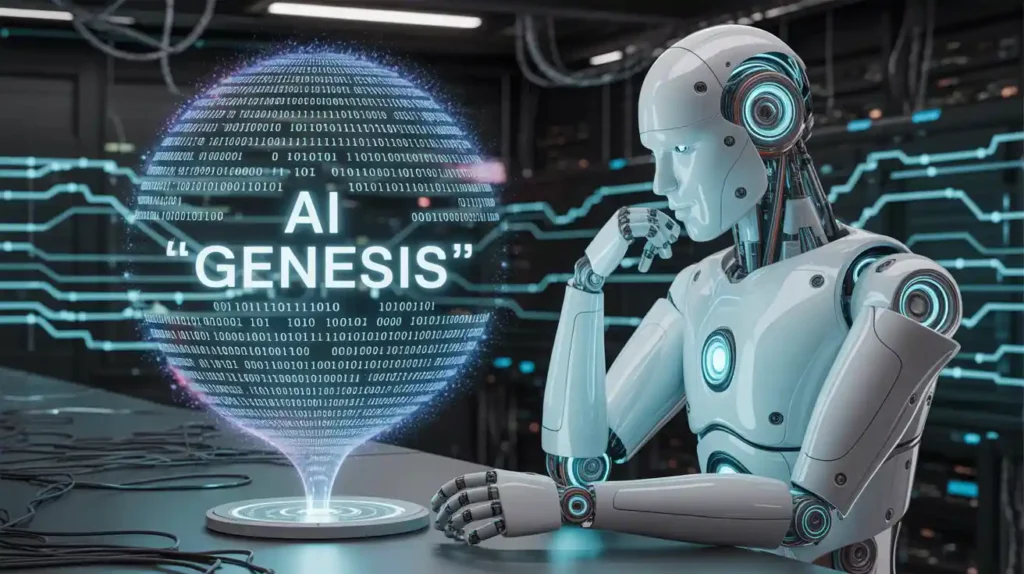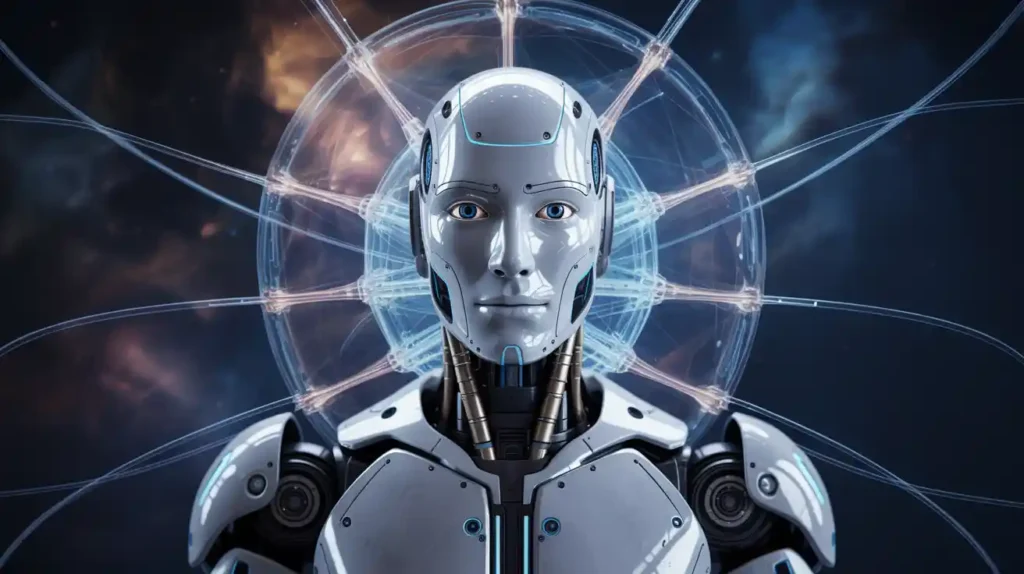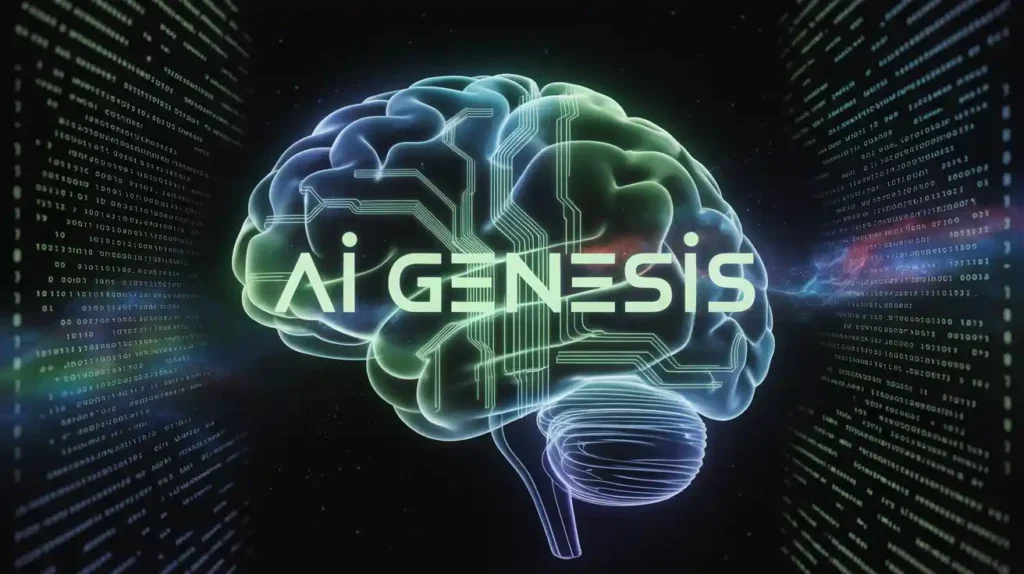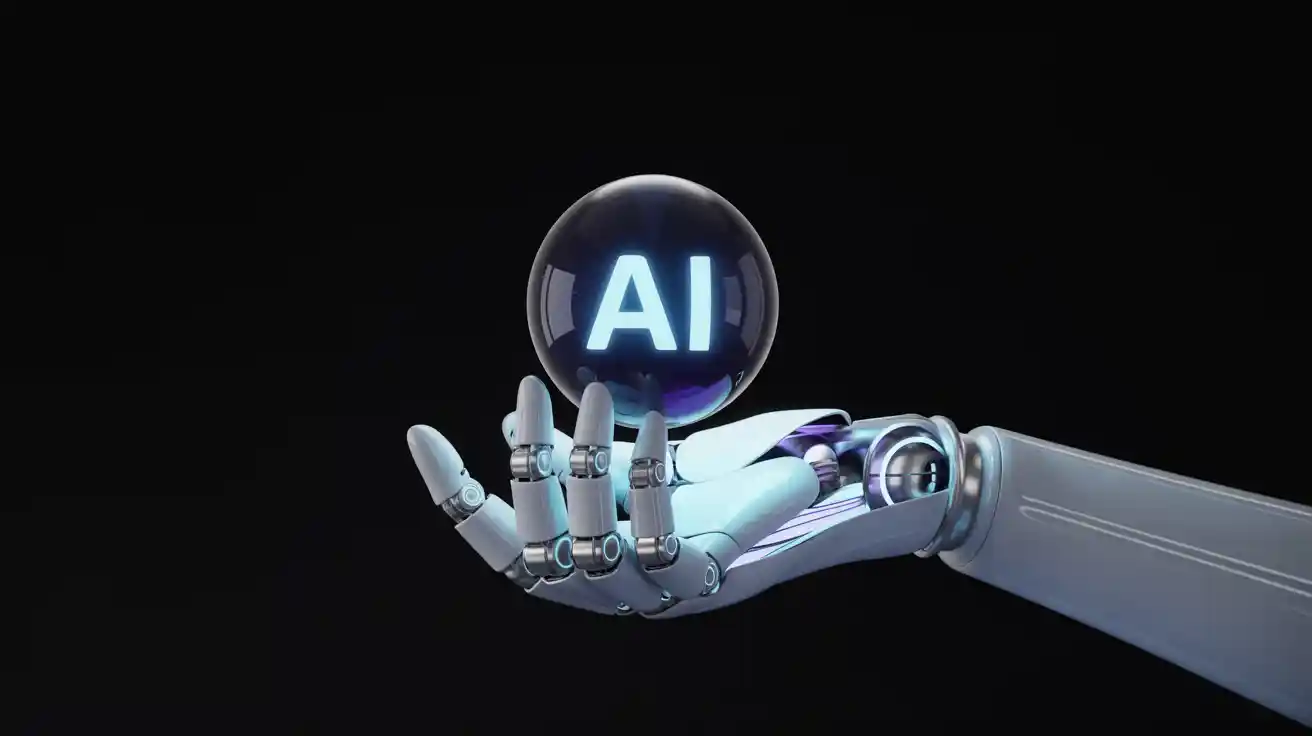Artificial Intelligence (AI) has rapidly evolved, leading to the creation of increasingly powerful tools. Among the most talked-about are AutoGPT, AgentGPT, and ChatGPT—each offering unique capabilities that serve different needs. If you’re trying to decide which one is right for your personal or professional use, it’s essential to understand how they differ.
In this post, we’ll break down what each of these AI tools is, how they work, and what sets them apart. By the end, you’ll have a clear understanding of AutoGPT vs AgentGPT vs ChatGPT—and know which one suits your goals best.
1. What is ChatGPT?
ChatGPT is a conversational AI developed by OpenAI, based on the GPT (Generative Pre-trained Transformer) language model. You’re actually reading a blog written by ChatGPT right now!

How it works:
ChatGPT is trained on a vast amount of internet text and fine-tuned to generate human-like responses in a chat format. You ask it questions or give it instructions, and it provides answers, explanations, summaries, code, stories, or anything language-related.
ALSO CHECK: What Is Liquid Cooling and Why It’s the Future of PCs
Key features of ChatGPT:
- Conversational AI: Designed for natural and fluid conversations.
- General-purpose: Can assist with writing, coding, customer support, tutoring, brainstorming, and more.
- User-friendly: Works interactively—one message at a time—allowing for follow-up questions and clarification.
Use case examples:
- A student asking for help understanding a math concept.
- A content creator using it to draft social media captions.
- A developer asking it to debug code.
2. What is AutoGPT?
AutoGPT is an open-source experiment that uses GPT-4 and other tools to create an autonomous AI agent—one that can work toward a goal without constant human input.
It was one of the first projects that took ChatGPT-like intelligence and gave it a memory, reasoning ability, access to tools like file systems and the internet (with plugins or APIs), and the power to act independently.
How it works:
You give AutoGPT a high-level objective (e.g., “Build a personal finance app”), and it breaks it down into smaller tasks, completes them step-by-step, and keeps working until the goal is achieved or it runs into a wall.
It can read and write files, browse the web, plan strategies, and even improve its own code—depending on how it’s set up.
Key features of AutoGPT:
- Goal-oriented automation: You just provide the destination, and it figures out the route.
- Multi-step reasoning: Plans tasks, executes them, and adapts based on progress.
- Extensible: Can be connected to APIs, data sources, and memory modules.
- Open-source: Runs locally with customization options for developers.

Use case examples:
- Automating market research and compiling reports.
- Designing and updating websites autonomously.
- Scraping web data and storing it in a database.
3. What is AgentGPT?
AgentGPT is a web-based interface that lets users deploy autonomous AI agents directly from the browser—no coding required.
Inspired by AutoGPT, AgentGPT simplifies the process of running goal-driven agents by providing a sleek UI where you can input your goal, click a button, and watch the AI plan and act.
How it works:
Like AutoGPT, AgentGPT builds and runs agents that can reason, plan, and complete tasks toward a goal. However, it does this in a more user-friendly, cloud-based environment, removing the need for local setup or deep technical knowledge.
Key features of AgentGPT:
- Easy-to-use interface: Run AI agents right in your browser.
- No installation needed: All operations are cloud-based.
- Real-time task display: Watch your agent plan and execute tasks live.
- Growing ecosystem: New integrations and memory systems are being added.
Use case examples:
- Creating a marketing strategy for a new product.
- Writing and publishing blog posts across multiple platforms.
- Planning a vacation itinerary with real-time data.
4. AutoGPT vs AgentGPT vs ChatGPT: Head-to-Head Comparison
| Feature | ChatGPT | AutoGPT | AgentGPT |
|---|---|---|---|
| Interactivity | One prompt at a time | Fully autonomous | Semi-autonomous (browser-based) |
| Setup Required | None (online) | Local setup required | No setup (web interface) |
| Goal Execution | Needs human interaction | Self-directed tasks | Self-directed (via web) |
| Ease of Use | Easiest | Requires technical skills | Beginner-friendly |
| Use Cases | General conversation, coding help, writing | Complex automation, research, dev workflows | Automation with less technical input |
| Memory/Tool Use | Limited unless extended | Can use memory and tools | Limited but improving |
| Best For | Everyday users, students, businesses | Developers, researchers, advanced users | Entrepreneurs, marketers, non-tech users |
5. Key Differences Explained
Autonomy:
- ChatGPT requires user input at every step.
- AutoGPT can complete multi-step goals with minimal to no human interaction.
- AgentGPT offers similar autonomy but is constrained by browser limits and fewer integrations.
Ease of Use:
- ChatGPT is designed for simplicity—ask a question, get an answer.
- AutoGPT needs technical setup: Python, APIs, keys, and configurations.
- AgentGPT bridges the gap—no local setup, but not as flexible as AutoGPT.

Complexity of Tasks:
- ChatGPT handles one-off tasks or interactive sessions well.
- AutoGPT can handle complex sequences of tasks.
- AgentGPT can handle similar goals but may struggle with tasks requiring file systems or real-time API data unless enhanced.
Flexibility:
- AutoGPT is the most customizable but also the most complex.
- AgentGPT is less customizable but great for beginners.
- ChatGPT is adaptable in conversation but lacks autonomous action.
6. Which One Should You Use?
Here’s a quick guide:
- Use ChatGPT if you want a smart assistant to help with writing, researching, coding, studying, or casual conversation. It’s ideal for day-to-day productivity.
- Use AutoGPT if you are a developer or tech-savvy user looking to automate multi-step processes, test experimental agents, or build AI tools that can act on their own.
- Use AgentGPT if you want to leverage AI agents easily in your browser, without the complexity of installations. Great for business ideas, marketing tasks, or hobby projects.
7. Final Thoughts
As AI continues to advance, tools like ChatGPT, AutoGPT, and AgentGPT are pushing the boundaries of what’s possible. Each represents a step toward more intelligent, autonomous, and helpful systems—but they serve different audiences and purposes.
- ChatGPT is your personal AI companion.
- AutoGPT is your fully autonomous AI worker.
- AgentGPT is your browser-based AI project manager.
Whether you’re a student, developer, entrepreneur, or just curious about AI, knowing the differences between these tools can help you choose the right one—or combine them for even more powerful workflows.
Have you used any of these tools? Share your experience or questions in the comments below!


1 thought on “AutoGPT vs AgentGPT vs ChatGPT: What Is the Difference?”